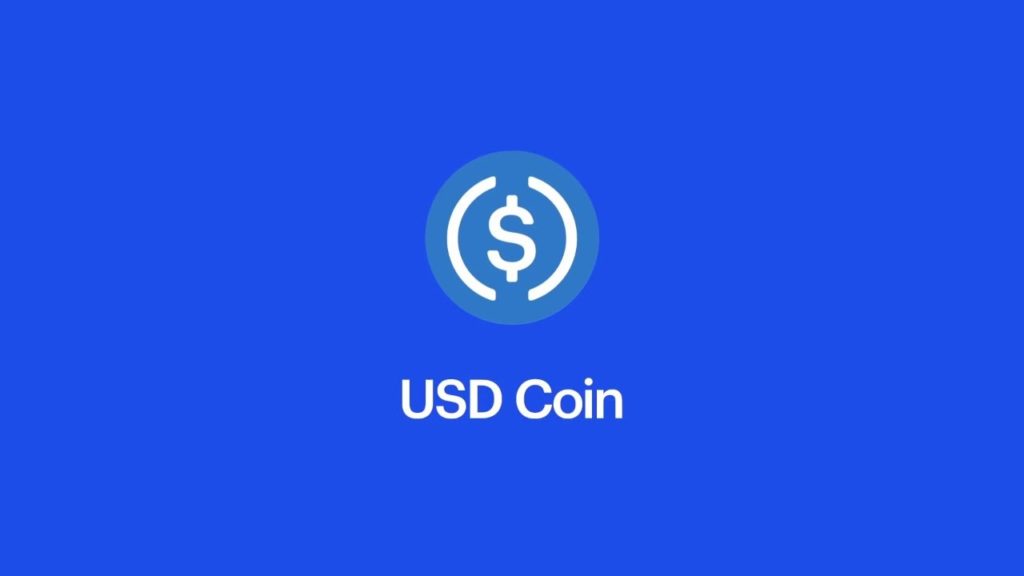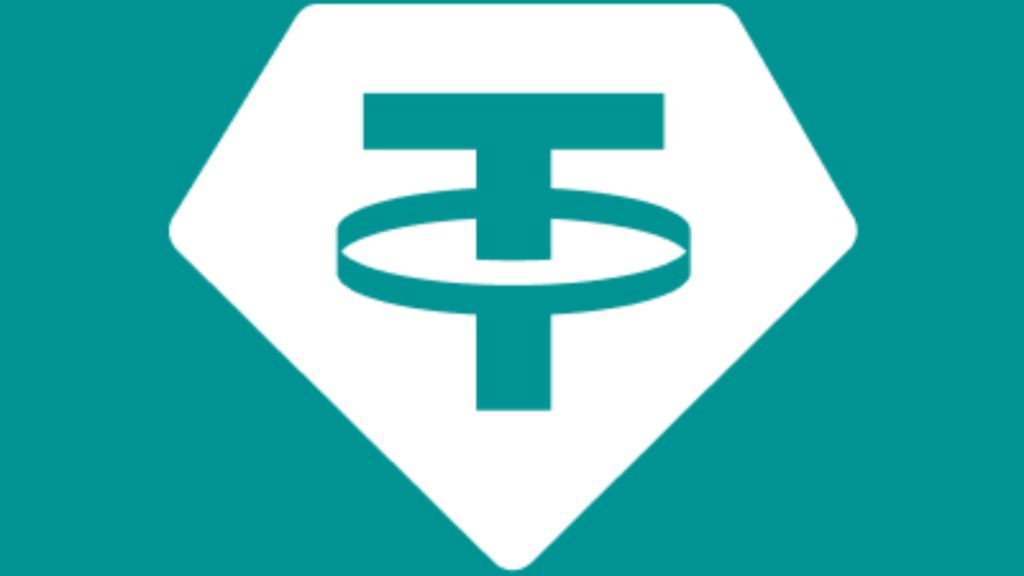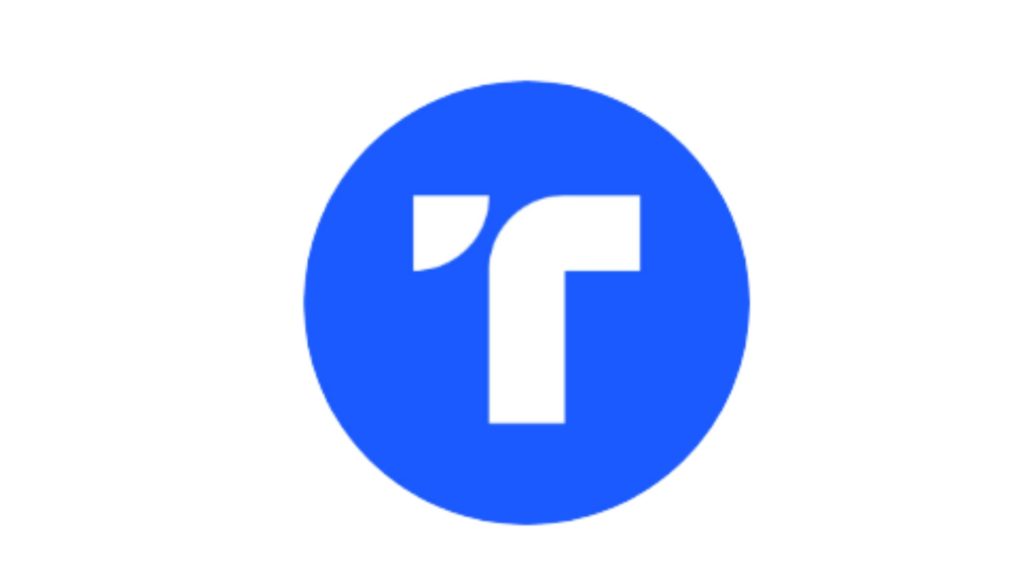
In the cryptocurrency market, stablecoins play a critical role. In the crypto economy, these pegged-to-underlying-currency tokens are expected to make it easier to swap valuable digital assets and help in the wider acceptance of crypto services.
Recent events, however, have demonstrated that not all stablecoins are without their drawbacks. LUNA, a cryptocurrency that was once one of the most valued on the market, saw its value plummet to almost nothing on May 12. LUNA’s stablecoin, TerraUSD (UST), was de-pegged from the US dollar on May 9 and began a turbulent decline, resulting in a 96% drop in 24 hours. As a result, there was something of a crypto bank run, with users selling off large amounts of LUNA.
Stablecoins and how they work
Cryptocurrencies based on stable assets like the national currency, such as stablecoins, are designed for a direct one-to-one peg to stable assets like fiat currencies or gold. Stablecoins that are tied to the dollar or a commodity are among the most popular on the market. For this reason, they are utilized to stabilize the cryptocurrency market.
The underlying collateral structure of stablecoins might be fiat-backed, crypto-backed, commodity-backed, or algorithmic, and this determines how the various forms of stablecoins are categorized.
Even though the UST meltdown may hurt investors, some experts believe that it could work to the advantage of other stablecoins. Also, it’s possible that additional stablecoins and algorithmic experiments could emerge as a result of this development. Below, we look at seven of the leading stablecoins.
USD Coin (USDC)

Coinbase-Circle joint venture Centre issues USD Coin, one of the most popular stablecoins. As the name suggests, this stablecoin is backed by US dollar assets. Financial authorities in the United States govern these assets. If you’re interested in decentralized financial systems, this stablecoin is likely to be your best bet.
Based on the Centre technology, the stablecoin is constructed using Ethereum and is fully interoperable with multiple DeFi solutions. Also, the co-creators of this platform collaborate with organizations that compile financial reports. The creator has complete control over the system’s functionality.
TetherUSD (USDT)

The fact that Tether employs a three-pronged method is one of the primary reasons why it is widely regarded as one of the most reliable stablecoins. Using this method, Tether has been able to establish three more stablecoins in the market. Tether is a digital currency that is pegged to the value of cash and guaranteed by gold. Tether’s security and ability to seamlessly integrate crypto assets into fiat platforms make it a popular choice for investors.
DAI

This Ethereum-based stablecoin is issued and developed by the MakerDAO decentralized autonomous organization, which is also in charge of the Maker Protocol. In order to keep the value of DAI softly tied to the US dollar, a variety of other digital currencies are used as collateral in smart contract vaults each time a new DAI is issued. This makes it a worthwhile investment because it provides greater stability.
After depositing it into the MakerDAO vault, this coin serves as collateral for the user when they use DAI coins from the MakerDAO platform. Because DAI’s value exceeds that of the US dollar, the MarketDAO uses a 1:1 peg to the greenback to ensure its stability.
The Paxos Standard (PAX)

Paxos Standard aspires to maintain a dollar-to-Paxos Standard exchange rate of 1:1. When the Tether printing scandal broke, PAX was to serve as a rebuttal to Tether’s unsubstantiated assertion that Deltec Bank & Trust Ltd owned $1.8 billion as collateral to back its stablecoin. The token runs on the Ethereum network, and it’s steadily making its way up the crypto-food chain.
The collaboration with PayPal has created doors for this coin that other coins have not. Aspirants of PAX who want to participate in this market and enter the world of crypto will benefit greatly from this development. It’s a solid investment because of its openness and predictability.
True USD

Founded in 2018, True USD has a third-party storage facility where developers have no access to the cash and are not permitted to engage in the movement of funds. TrueUSD is an ERC-20 stablecoin that is totally collateralized.
A stablecoin fully backed by US dollars, True USD is one of crypto’s most liquid assets. In comparison to wire transfers of fiat money, it has cheap transaction fees and allows you to earn the highest interest rates on your savings balance. This stablecoin has a lot going for it, and you should take advantage of it.
Binance USD (BUSD)

Binance, the world’s largest crypto exchange, and Paxos collaborated to create the Binance USD coin. The New York State Department of Financial Services has given its stamp of approval to the currency, and customers can exchange it for dollars at a rate of 1 to 1. Binance USD aims to speed up the global financial network’s movement of digital assets.
When it comes to maintaining your wealth and stabilizing your portfolio, this tool is a fantastic choice for both short-term and long-term investors.
Gemini Dollar

The release of this stablecoin occurred way back in September of 2018, and the best part is that you may store it in any wallet that is compatible with ETH tokens. Based on Ethereum, this ERC-20 token is built to make it more transparent and compliant in the future financial system based on fiat currencies. The developers are now working on improving the trust between traditional financial functions and the blockchain ecosystem.
You will be glad to know that GUSD has a centralized process for protection against any security threats. Furthermore, there are regular monthly audits done by an independent accounting firm that itself offers assurance about the balance between the sum of GUSD in circulation and the value of USD in reserve. The transparency, audit, and regulatory environment within which Gemini Dollar operates are incentives for investors to buy it.
In summary
In the cryptosphere, the maintenance of the market volatility has always been a huge question mark, and this was perfectly answered by the stablecoin system. In light of the UST debacle, investors may be wondering how successful stablecoins will be in their role of providing liquidity to the crypto market. However, for investors, it’s important to view stablecoins as they would any other investment. They need to know what they’re getting into.







